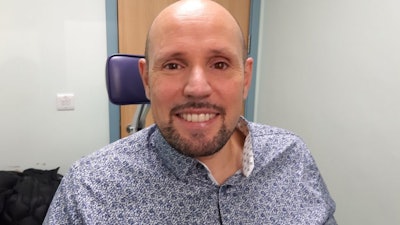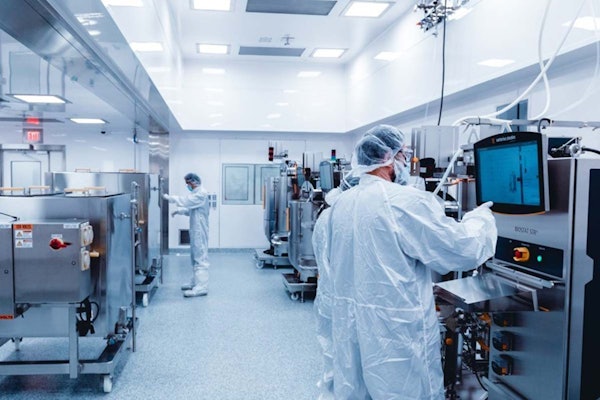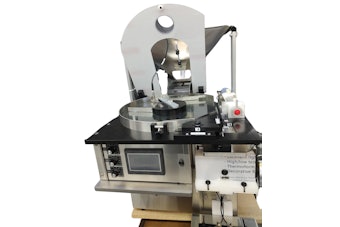
In recent years, 3D printing has become more commonplace in the medical device industry. The speed, convenience and ability for customization make it ideal for custom prosthetics. A recent BBC article discussed a new first in the world of 3D printing: a human eye more realistic than the traditional acrylic prosthetics. Steve Verze, a London man in his mid-40s, was the recipient of the first eye prosthetic.






















